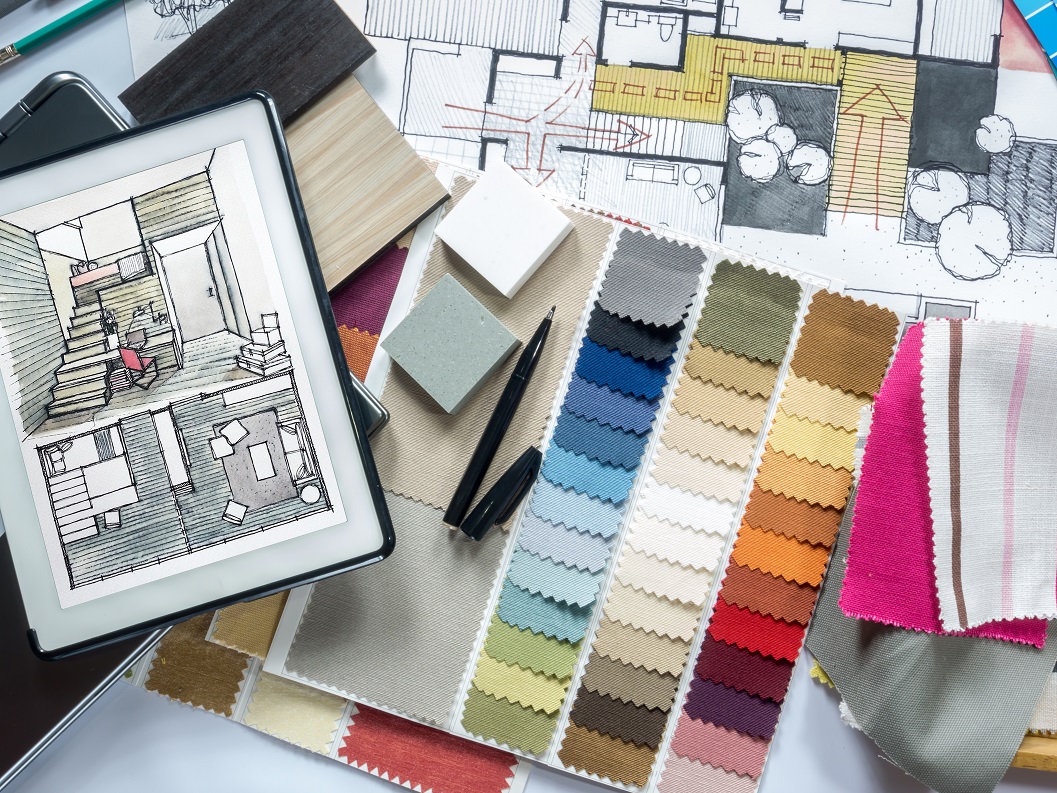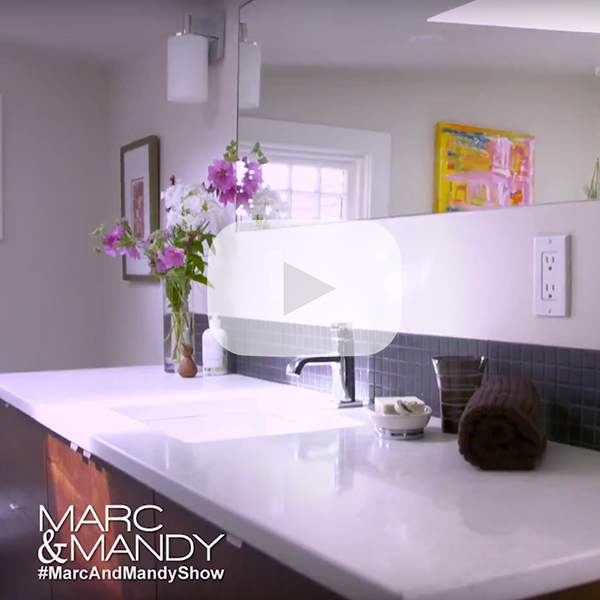When you decide to do a renovation, should you attempt to figure out how it should look yourself? Or should you hire interior designers to help you through all the decisions? On our podcast, All Things Renovation, we interview Josephina Serra-Puharich and Lauren Webb, interior design partners at Form Collective, to find out the benefits to the homeowner to hiring them. Here is a summary of what we learned from them.
Why would someone benefit from using an interior designer?
People come to interior designers with a lot of ideas but they don’t know how to get those ideas across. So we will work with them to get those ideas onto paper. That turns into a detailed design plan with drawings and specifications. Their dreams turn into a reality because we’re able to draw it all out, pass it to the contractor, and come up with a budget.
We also consider a lot of smaller details that sometimes homeowners don’t understand that they’re going to have to provide. For example, the location of the towel hooks and how high they are on the wall. Or the exact fixtures that are chosen. Sometimes homeowners can go from showroom to showroom and find many items that they love. However, they don’t all work together, so we can help with that aspect too.
How do the styles of different interior designers differ?
A lot of designers are hired for their particular design aesthetic. But that’s not us. Our focus is completely on what the client wants, and not on our own ego. There isn’t one universal design aesthetic that works for everyone. We truly believe that every home needs to function for the family who lives there, not just look beautiful. Form Collective is full service design firm, compared to some who only do material selection or staging. Visit our website to see a full list of the services that we offer.
“Keep the cookie cutters for the cookies.”
~ Brandy Kawulka
How do you know if your interior designer is a good fit for your project?
You should ask your interior designer what type of documentation they provide. This is often reflected in the price of a designer as well, as design documents do take a chunk of time to make. Potential clients come in to interview us and actually see what we provide at the end of the day. This blows them away, and then they understand where our fees come from. They can see the value over someone else who only provides a few material samples and some tips on design.
What are the client’s responsibilities on a project?
We definitely need engagement from them early on in the process. We will ask a lot of personal questions that might seem silly at the beginning but they are important to how a client is going to use the space in the end. Inspiration images are also very important for us to see. We actually won’t even start a project until we’ve seen inspiration images. We review them with everyone involved in the house so that everyone is on the same page. In the end it saves them money in design fees. If we understand their design aesthetic and their functional requirements, we aren’t having to do as many revisions to the drawings and the specifications.

At what point in the renovation process should a client engage an interior designer?
With a new construction, we like to get involved before the permits go in, as we like to comment on the architectural details and do revisions. For example, a window might need to be moved or change height, or a door might need to swing in a different direction. With renovations, we like to be involved as soon as possible in the process, as people often underestimate how long things take to plan, order, and arrive.
Clients have a lot of fear around renovation. How do you reassure them?
A lot of clients are nervous until we have the initial meeting, and then they understand that we really do care what they have to say, and we want them to be involved, and we’re here to guide them. It never really gets to the point where they’re really unhappy because we work back and forth with them. By the time we get to the first design meeting we know them well enough that we show them more or less what they’re looking for, with a few minor tweaks.
We only show them our one best solution but that doesn’t mean we haven’t looked at other things. For example, we have folders full of different lighting fixtures, or maybe extra countertop samples in the drawer that we can pull out and show them. It’s all about collaboration and feedback, you’re not going to hurt our feelings. It’s all about you!
If we have been working with a contractor early enough, they can give us budget numbers, so we can select items within their budget before we even get to the meetings. That way we’re not selling them a dream and then taking it away.
What tangible items does the client get from you?
A very detailed construction drawing set that includes fully detailed specifications. For example, for tiling, we would include the name of the tile, the installation pattern, the grout colour, the finish on the tile, the name of the manufacturer and supplier. Our goal is that the contractor doesn’t have to come to us with too many questions.
To listen to the full interview and see the show notes, visit www.AllThingsRenovation.com, or from the home page at www.woodbeart.com, click on the Podcast page.


